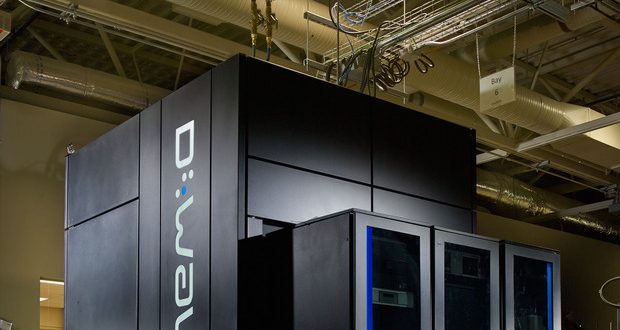QUANTUM COMPUTING just got even more bonkers with the latest announcement from D-Wave.
The company’s “most advanced” quantum computer features the first 2,000-qubit processor, doubling the capacity of the previous D-Wave 2X model currently deployed in a joint venture between Google and NASA. D-Wave modestly admitted that this gives the firm a serious march on others in the field.
With double the processing power of its current 1,000-qubit version, D-Wave 2X, the company’s new model will be 500 to 1,000 times faster, according to D-Wave senior vice-president of systems Jeremy Hilton. And there’s more. D-Wave will be able to produce an even more improved version two to three years after that using a new processor design.
QUANTUM COMPUTING, D-WAVE STYLE
D-Wave is hard at work to make a universal quantum computer like its competitor IBM. D-Wave’s quantum computers, however, have been criticized by some as not actually doing quantum computing.
There are many ways to do quantum computing, though, and D-Wave’s machines use a concept called quantum annealing. Working around the problem of qubits, D-Wave is able to extend for a workable period the entanglement phase by loading qubits in a cooled and heavily pressurized environment, and whatever the method, D-Wave’s computers do work faster than any PC or server out there currently.
With D-Wave’s new supercomputers, tasks that require great processing power could be performed. Quantum computing will greatly benefit research in the fields of engineering, software validation, gene processing (once consistent entanglement is achieved), and machine learning.
The latter is currently the most promising given the continuous advancement in AI and robotics. Google, for instance, uses their D-Wave quantum computer for machine learning development and other applications. It’s an area that D-Wave itself is exploring by developing models to improve image classification, generation, and analysis.
Although the potential of many of these applications has yet to be fully realized, the technology seems to be getting there, qubit by qubit.
The mysterious power of quantum physics has quietly raised $21-million (U.S.) in advance of what it anticipates will be a significant funding round next year.
Agencies/Canadajournal
 Canada Journal – News of the World Articles and videos to bring you the biggest Canadian news stories from across the country every day
Canada Journal – News of the World Articles and videos to bring you the biggest Canadian news stories from across the country every day




Who cares what technique they use ?
Run a few speed tests and number crunching tests and see who comes out on top.
Anything else is just details.